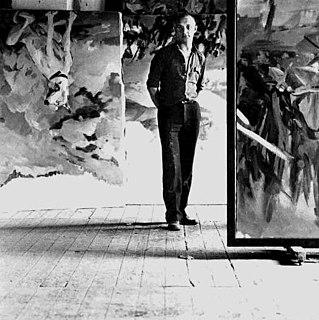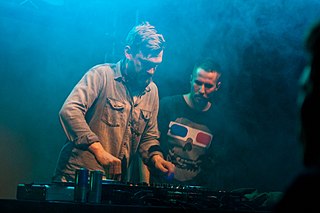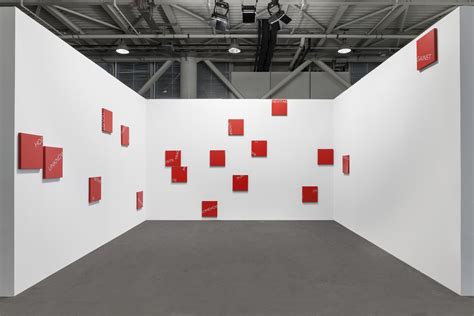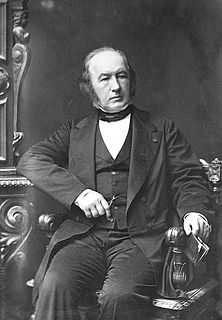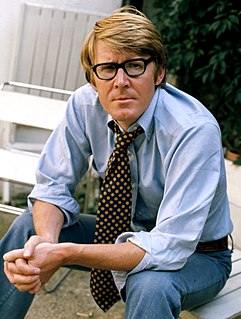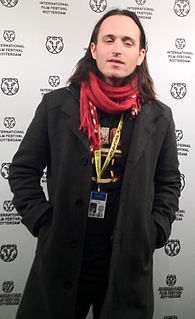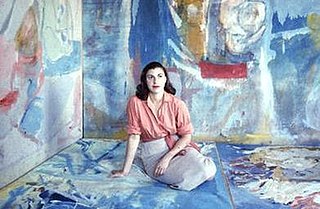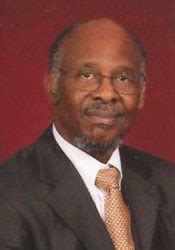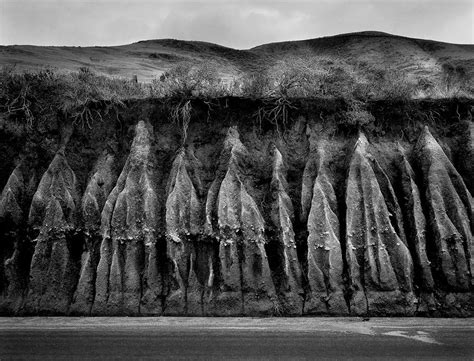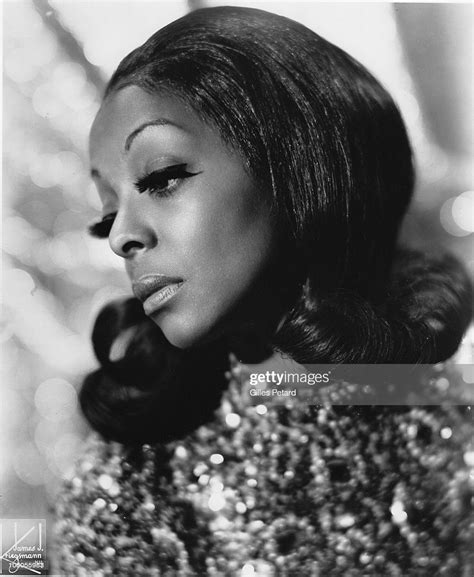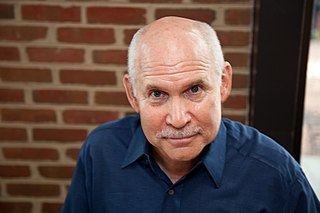A Quote by Georg Baselitz
I begin with an idea, but as I work, the picture takes over. Then there is the struggle between the idea I preconceived... and the picture that fights for its own life.
Related Quotes
When someone has too much of a thought-out idea, that can be a big obstacle to get anywhere. Because it's like [if] you have a preconceived idea of what's going to happen in the studio in an hour's time, then you're not free anymore and you lock yourself into your own expectations. I don't think that's very creative. It doesn't work well with me.
The idea of, say, the compressed space between the floor and the object hanging over it and then the long space between the object and the ceiling was a kind of interesting idea for me - the idea of compressing and expanding. That was an idea that I worked with, which you could only do sculpturally. You can't really do with a painting on the wall.
Pictures are the idea in visual or pictorial form; and the idea has to be legible, both in the individual picture and in the collective context - which presupposes, of course, that words are used to convey information about the idea and the context. However, none of this means that pictures function as illustrations of an idea: ultimately, they are the idea. Nor is the verbal formulation of the idea a translation of the visual: it simply bears a certain resemblance to the meaning of the idea. It is an interpretation, literally a reflection.
There's always a time in any series of work where you get to a certain point and your work is going steadily and each picture is better than the next, and then you sort of level off and that's when you realize that it's not that each picture is better then the next, it's that each picture up's the ante. And that every time you take one good picture, the next one has got to be better.
It is impossible to devise an experiment without a preconceived idea; devising an experiment, we said, is putting a question; we never conceive a question without an idea which invites an answer. I consider it, therefore, an absolute principle that experiments must always be devised in view of a preconceived idea, no matter if the idea be not very clear nor very well defined.
I had no idea of who could play it, no notion really. Then Richard came to see us but I don't think it was decided at that meeting. The trouble is, as soon as you've chosen somebody it obscures anybody else you might have thought of. It's like going to a place that you've never been to before - you've got a picture of it and then you go there and that picture is totally wiped out by the reality.
A moment of complete happiness never occurs in the creation of a work of art. The promise of it is felt in the act of creation but disappears towards the completion of the work. For it is then the painter realises that it is only a picture he is painting. Until then he had almost dared to hope the picture might spring to life.
A really good picture looks as if it's happened at once. It's an immediate image. For my own work, when a picture looks labored and overworked, and you can read in it as well - she did this and then she did that; there is something in it that has not got to do with beautiful art to me. And I usually throw these out, though I think very often it takes ten of those over-labored efforts to produce one really beautiful wrist motion that is synchronized with your head and heart, and you have it, and therefore it looks as if it were born in a minute.
Not my idea of God, but God. Not my idea of H., but H. Yes, and also not my idea of my neighbour, but my neighbour. For don't we often make this mistake as regards people who are still alive -- who are with us in the same room? Talking and acting not to the man himself but to the picture -- almost the précis -- we've made of him in our own minds? And he has to depart from it pretty widely before we even notice the fact.
From the beginning, there has been a tension in the reception of the Kantian idea of autonomy. If you emphasize the 'nomos' (the law), then you get one picture: the objectivity of ethics. If you emphasize the 'autos' - the self - you get the idea that we make the law. Kant never hesitated in his choice between the two emphases. He emphasizes the nomos (the universal and objective validity of the law).
What I feel is that the picture-taking process, anyway a greater part of it, is an intuitive thing. You can't go out and logically plan a picture, but when you come back, reason then takes over and verifies or rejects whatever you've done. So that's why I say that reason and intuition are not in conflict-they strengthen each other.
I suppose all moms have an idea who they hope their daughters will be. Like a connect-the-dots picture where you think you know what shape it will become. But then it's the daughter who draws the lines, and she might connect the dots you didn't intend, making a whole different picture. So I've gotta trust the dots she's given me, and she's gotta trust me to draw the picture myself.
